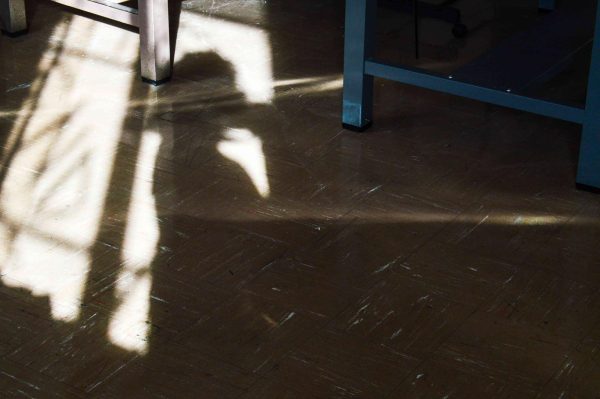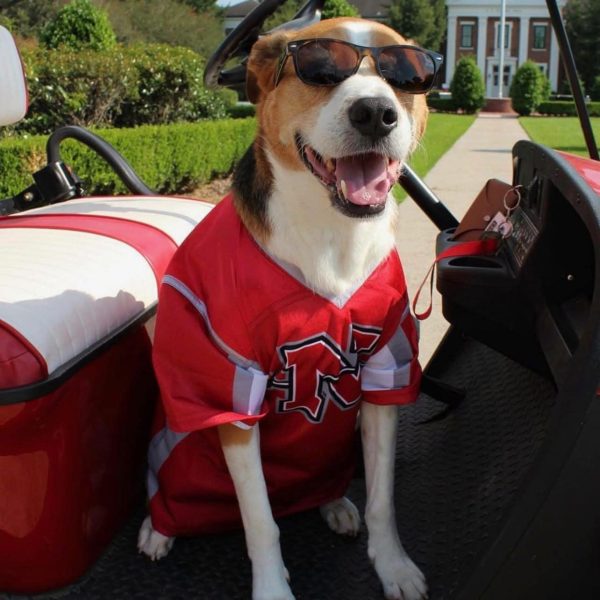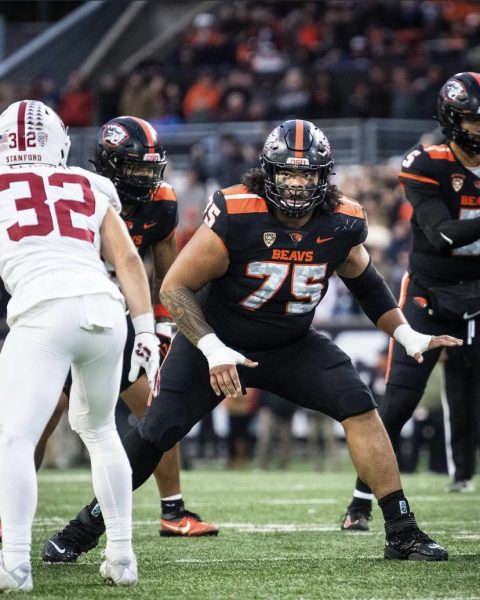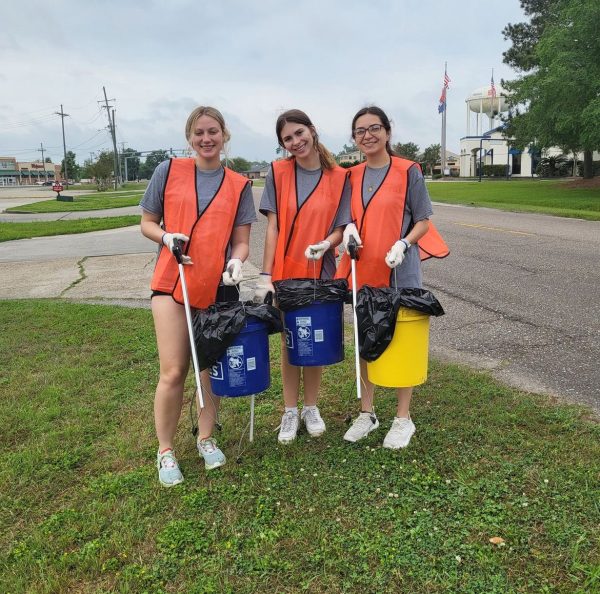Social media makes 2016 presidential elections unique
The world of social media is taking over the 2016 presidential election, as more candidates start using it as a platform to gain donors, voters and supporters.
Technology has changed since the last presidential election in 2012. When president Obama was reelected, only 35 percent of Americans had a smartphone as opposed to the 65 percent of Americans that have smartphones today. Because the percentage of smartphones owned by Americans has almost doubled in the past four years, analysts expect mobile technology to play a huge role in the 2016 presidential elections.
Presidential candidates have used social media in the past, but none have been this involved until now. Campaign managers know this is an effective marketing strategy. Mostly all of the candidates announced their race for the White House over social media. Ted Cruz and Bobby Jindal announced their presidential runs for the white house through Twitter.
Social media platforms provide a debate stage that is covered in hash tags and short sentenced comebacks. It also is the quickest news outlet for the media in hopes for the latest updates on each candidate. With Facebook, Twitter, Instagram and Snapchat, news is at your fingertips. Not only can consumers access news anywhere and anytime by using social media. Producers of news, or in this case the candidates, can get information out just as easily by using social media.
All Donald Trump has to do is go on a Twitter tirade and it will be in the national news within 15 minutes. Jeb Bush makes his own Instagram videos and Rand Paul sends Snapchats. Hillary Clinton has a huge presence on Instagram and is probably the candidate with the most social media usage. With her most recent scandal of personal email usage when she was Secretary of State, Clinton has been in the public eye since the story broke and yet her followers are multiplying.
Ask any college student where they receive their news from and you will most likely get social media as the response; however, social media’s involvement in the 2016 elections brings older audiences to the digital world as more mature topics begin to establish their presence this way.
It’s obvious to say that social media can help candidates reach out farther to their audiences and let them be interactive with information being so easily accessed. Candidates are subjected to political transparency whether they like it or not. Whether the consumer considers it to be good or bad, the political transparency resulted from a candidate’s social media presence allows consumers to see candidates as real people—something that makes the 2016 elections truly unique.











